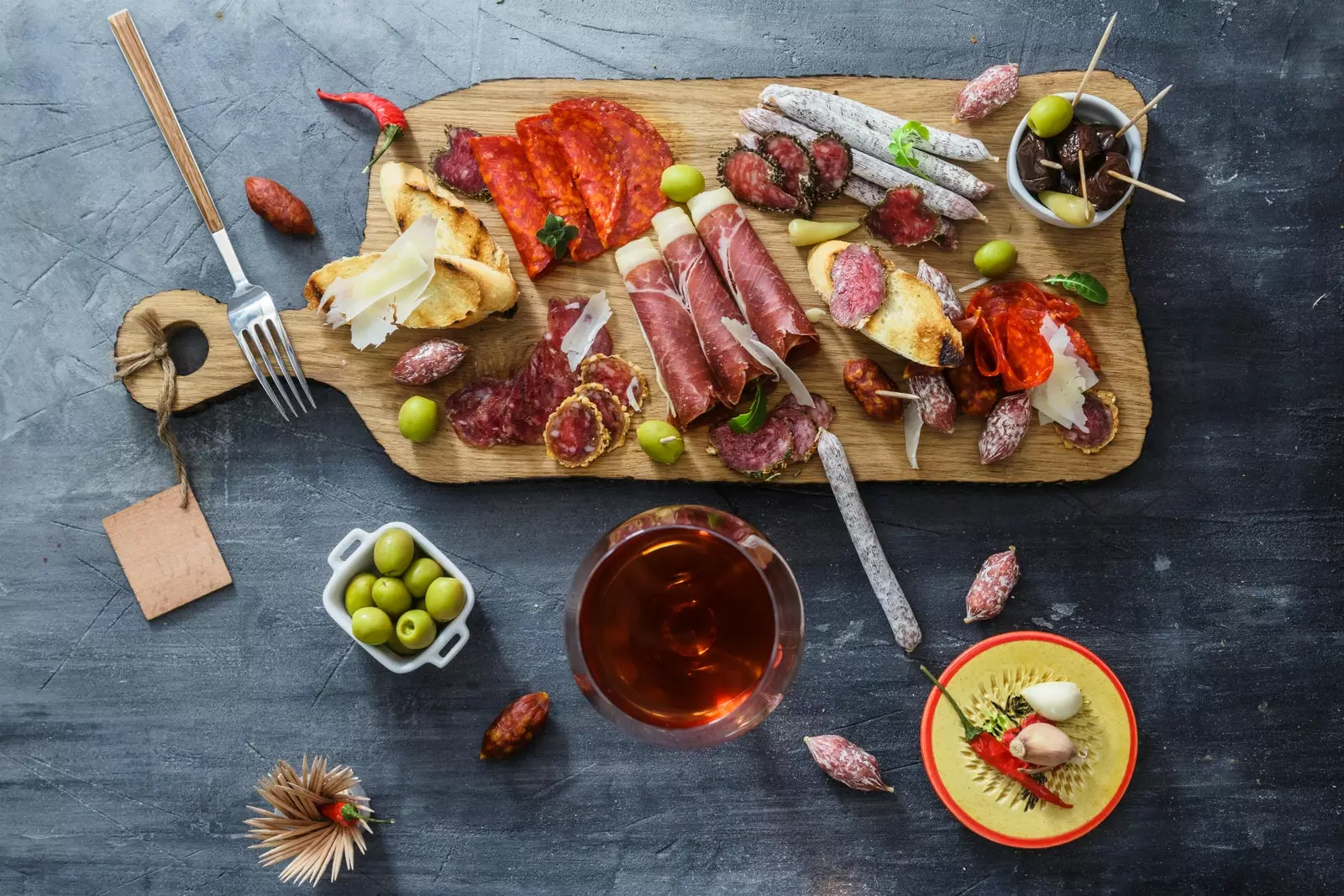
Add a quality sausage to your Christmas menu.
There are many excellent national dishes. We take out the paella by flag. The potato omelette is our flag bearer for the national team. The stew warms our palate in winter and the salmorejo refreshes it in summer. That if a feira octopus reminds us that we are lovers of marine products and a good roast suckling pig that there are gastronomic traditions that we are not willing to abandon.
But if there is a Spanish product to feel proud of in each cardinal point of the peninsula -and the islands, let's not forget-, the one for which we can get the chest (and loin and shoulder and leg and even the viscera), is the sausage. I don't know why it's hard for us to understand that the sausages, the smoked, the cured, the spaced, the seasoned, the gutted... have ceased to be an efficient way of preserving food to become exquisite products (or gourmet, as you prefer to call them) that everyone wants to serve at their table.
The Italians (oh! the Italian merchants) have understood for years that foreigners do not live on pasta alone and they export their mortadella from Bologna, their ham from Parma or their salami from Genoa or Milan like no other.
With our cured ham (which is not strictly a sausage, but should be on this list for obvious reasons) we are getting our act together: Spain has just signed an agreement to export it bone-in to China. But we must diversify our love of pork.
This Christmas and, as a resolution for the new year, we invite you to take heavy artillery out of the provincial pantries and tempt your guests with the best sausages in your area. Its aesthetics may have little to do with staging and deconstruction, but if it has been part of our diet since ancient times, it must be for a reason, right? Sharpen the knife, think of an attractive presentation and invite him to your table without hesitation because is the guest who never fails.
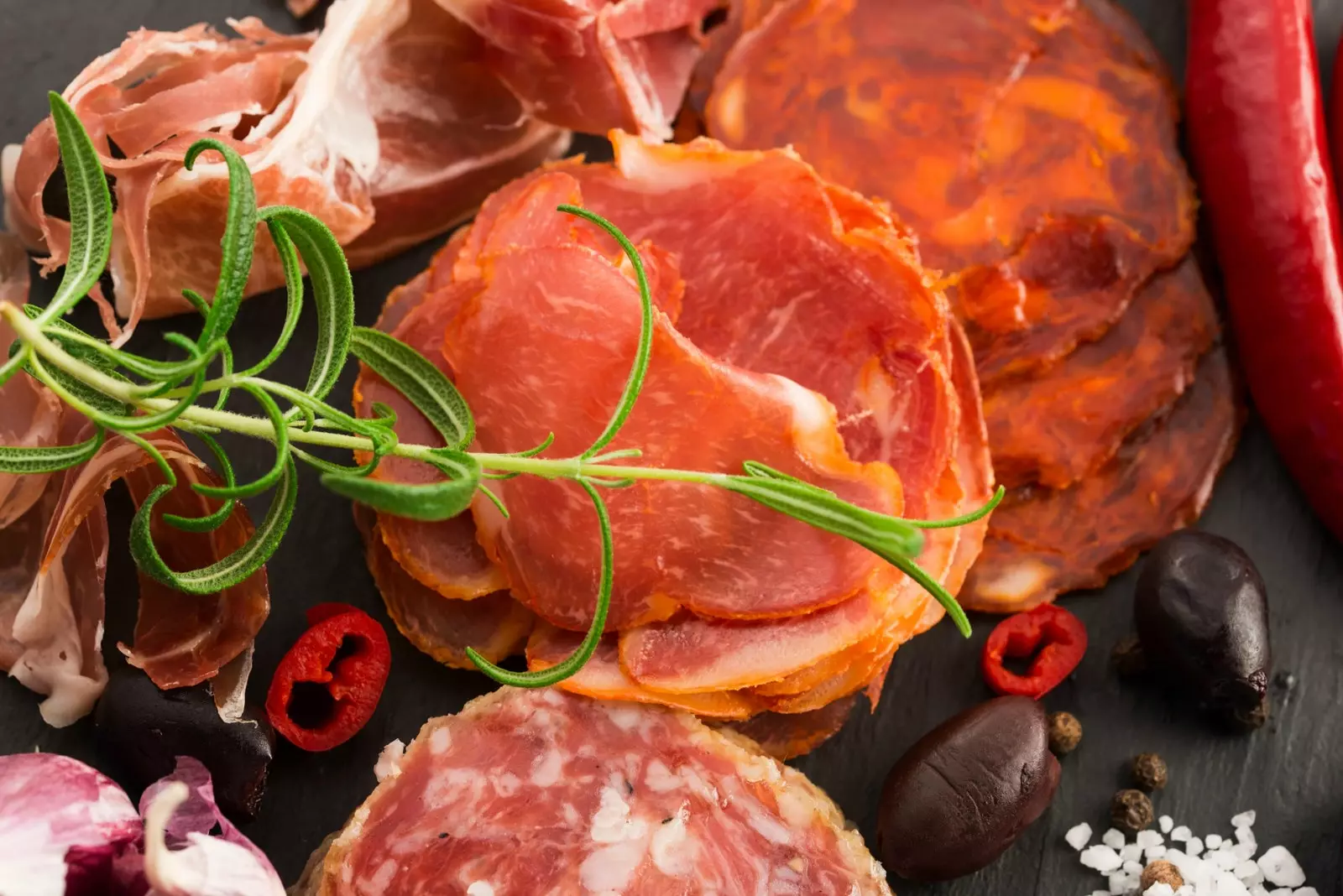
Among the appetizers this year, the Spanish sausage cannot be missing.
CHORIZO
Whether in the shape of a horseshoe or a candle, chorizo is one of the best-known traditional sausages outside our borders. Its typology depends on the ingredients with which it is made and the curing time.
The most appreciated, without a doubt, is the acorn-fed Iberian, which is usually made with Iberian pork, feather and secret so as not to have to add any type of fat. It is then marinated with herbs, salt, garlic and paprika. The latter, almost always, D.O. La Vera to guarantee its quality and that slight smoky touch provided by the oak or holm oak firewood when the red peppers are dehydrated. Afterwards, the ideal is that the stuffing of each chorizo is done by hand, one by one and in natural casing, and that are kept in cellars or dryers for up to five months and without curing accelerators. The cular from Bendita Extremadura is excellent and the one from Jamón de Monesterio comes in a mini size.
Another type of chorizo is the one from Pamplona, which had beef as well as pork and that you will recognize by its greater width, its cut in the shape of a grain of rice and by the whitish exterior that the flora leaves on the skin. Try the one in Pamplonica.
There are three chorizos from Cantimpalos, with Protected Geographical Indication (PGI), produced in Segovia: string, in one piece and cured for at least 21 days, chorizo, which is presented in a tied string and made up of several chorizos , and cular, with a cylindrical shape and double healing. To know which is the best of the year you have to go to the Cantimpalos Chorizo Fair, which is celebrated in the month of April.
Those from Asturias and León are usually cold smoked and dried and, in the latter province, there is a spicy one only suitable for daring palates, I recommend Embutidos Rodríguez (which has its own livestock), Ezequiel, with a store in the center of León, and Entrepeñas, one of the best known.
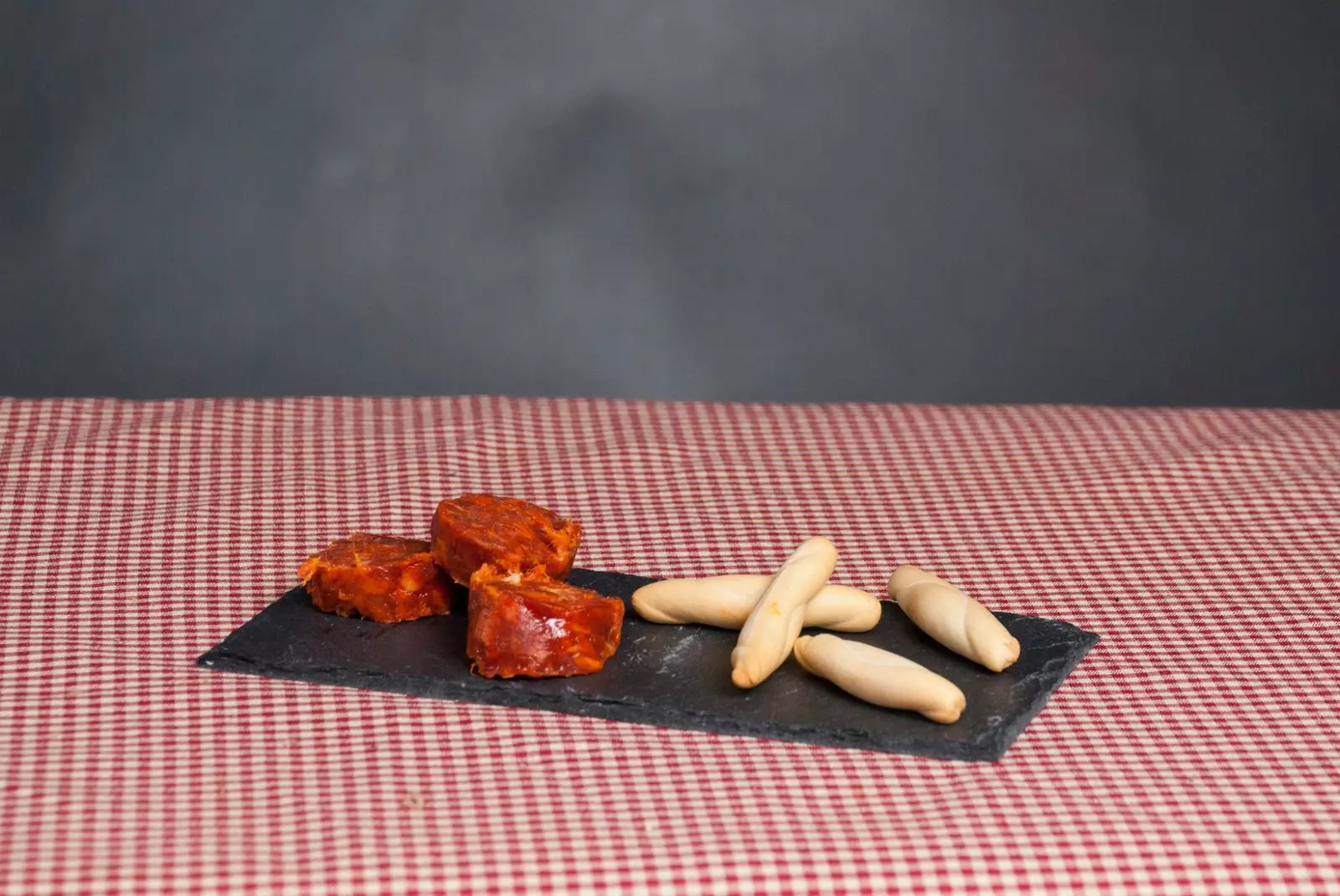
Chorizo de Cantimpalos in the Rusticum online store.
SAUSAGE
Cousin-brother of chorizo, salchichón is a sausage based on lean pork, bacon, salt and spices such as nutmeg, cloves or black pepper. The firmest, sweetest and most intense is, once again, the Iberian acorn-fed (he buys the one from Arturo Sánchez) and the most consumed, the one from Vich (Llonganissa de Vic), which has a Protected Geographical Indication and is shaped like an elongated sausage.
Casa Riera Oredeix's Vic sausage is made in the historic building on Plaça dels Màrtirs de Vic and with the same traditional method since 1852: only female meat from its own farms, bacon, sea salt and black pepper. Their drying process of up to half a year is so artisan that temperature and humidity are controlled simply by opening and closing windows to control the effect of the climate of the Plana de Vic on the sausages. It also has a variety of Payés sausage that is characterized by the fact that the casing is covered with a layer of natural pepper that gives it a very particular spicy flavor.
oh! And, please, never confuse it with fuet. I think it is something that we are all clear about thanks to Casa Tarradellas advertisements, but just in case, remember: fuet is much thinner, fattier, does not usually have pepper and its curing time is much shorter.
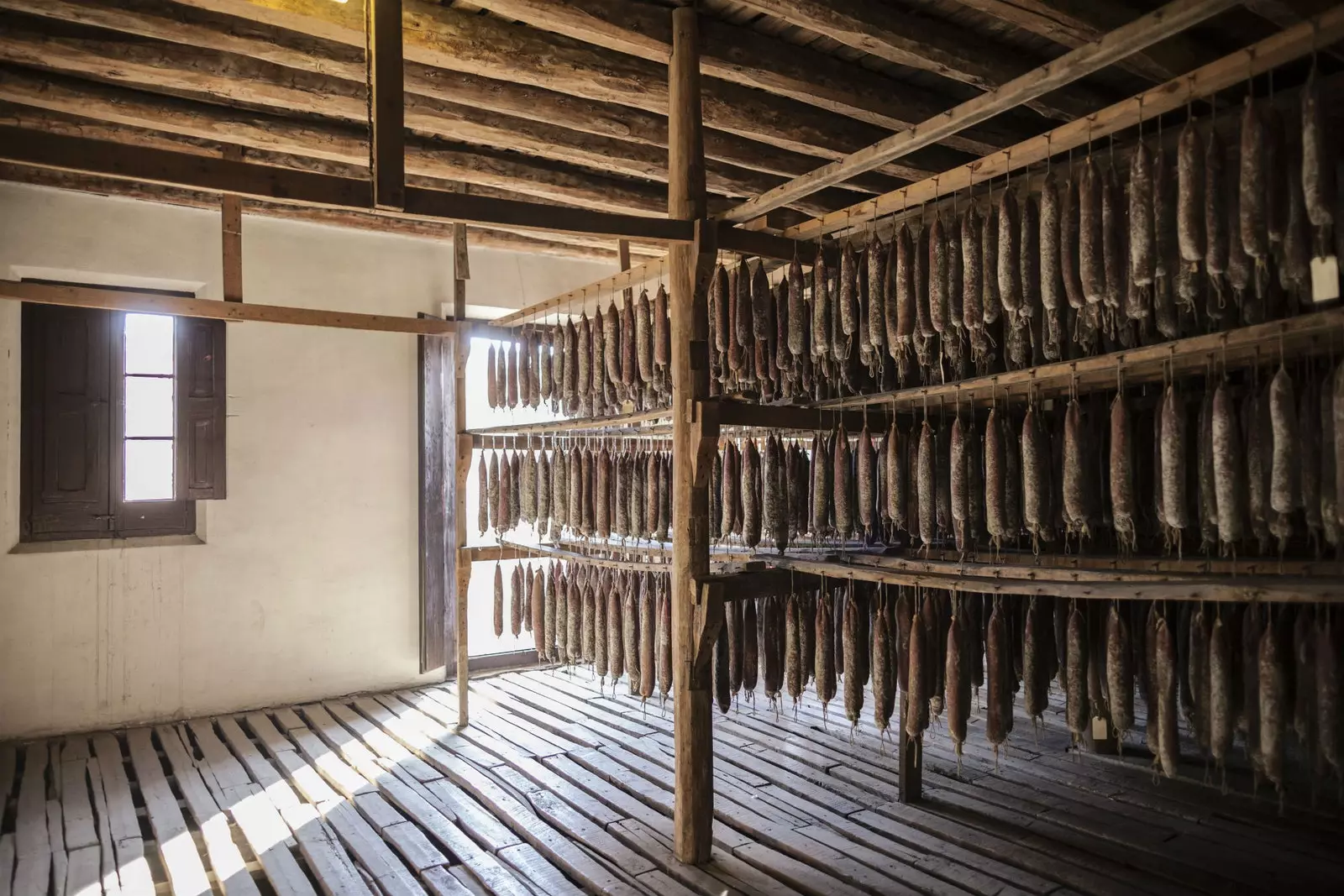
Casa Riera Oredeix's Vic sausage is made and dried in the Plaça dels Màrtirs building.
LOIN
"When there is no loin, I eat everything", goes the saying, but, if there is, it can be stuffed (from white pigs), Iberico de cebo, cebo de campo or Iberico de bellota. The dehesa charra, and more specifically the region of Guijuelo (D.O.), is the most optimal curing scenario for the Iberian loin thanks to the winds coming from the nearby mountains.
At Julián Martín they season the entire piece before curing it for six months with paprika from Jaraíz de la Vera, salt and natural spices and thus achieve a Silky, juicy, marbled and very healthy 100% Iberian acorn-fed loin, because, in addition to the fact that the pigs have been fed on acorns in the field, it hardly contains any fat and its ingredients are completely natural.
Also the Iberian loin of Jabugo is highly appreciated He comes from a good family! Bet on the 100% Iberian pork loin cane from Sierra de Jabugo, with a curing period of between 80 and 90 days.
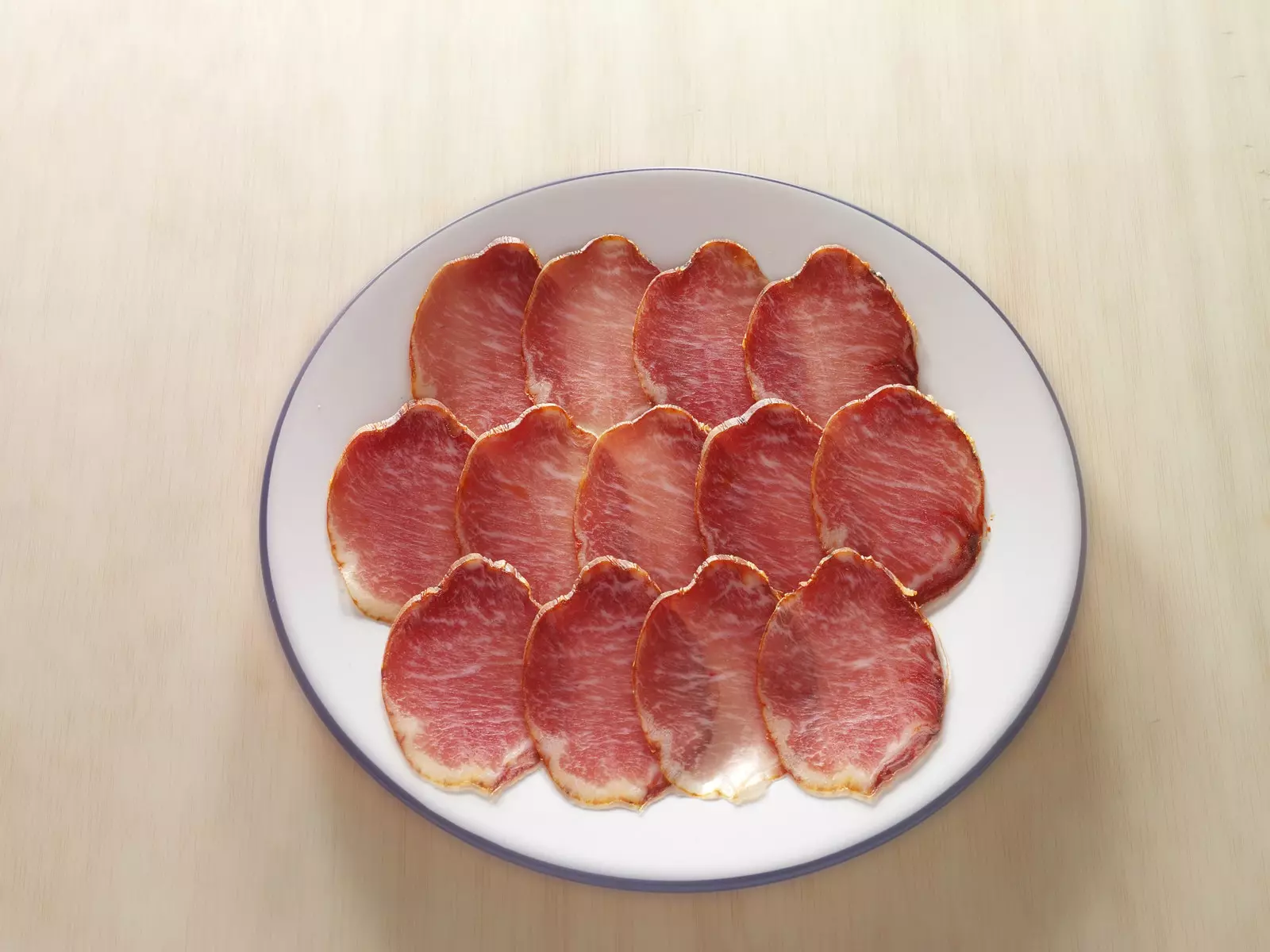
100% Iberian acorn-fed loin from Julián Martín.
DRIED MEAT
For those of us from León, cecina is the (accompaniment) of our daily bread, however, until recently It was a sausage quite unknown in the rest of the country. Today we can say that its fame is growing thanks, among other things, to the improvement of its production process.
The Cecina de León Protected Geographical Indication states that the only ingredients used must be beef and salt. What may seem like a very simple recipe is actually a complex procedure. which consists of six chronological phases: profiling, salting, washing, settling, smoking (with oak or holm oak firewood) and drying or curing. And even more so if it is done by hand during the coldest times of the year (from November to March).
The so-called 'cow ham' from Entrepeñas is made in the Leonese town of Geras de Gordón, where thanks to the altitude and, therefore, the frequent frosts during the long winters, it is achieved the perfect balance between the lean part of the meat and the delicate marbling of fat. It also markets a Reserve version that, instead of having seven months of curing, remains drying for more than 12 months, and another more innovative beef D.O. certified kobe that stands out for its refined marbling and its extreme juiciness.
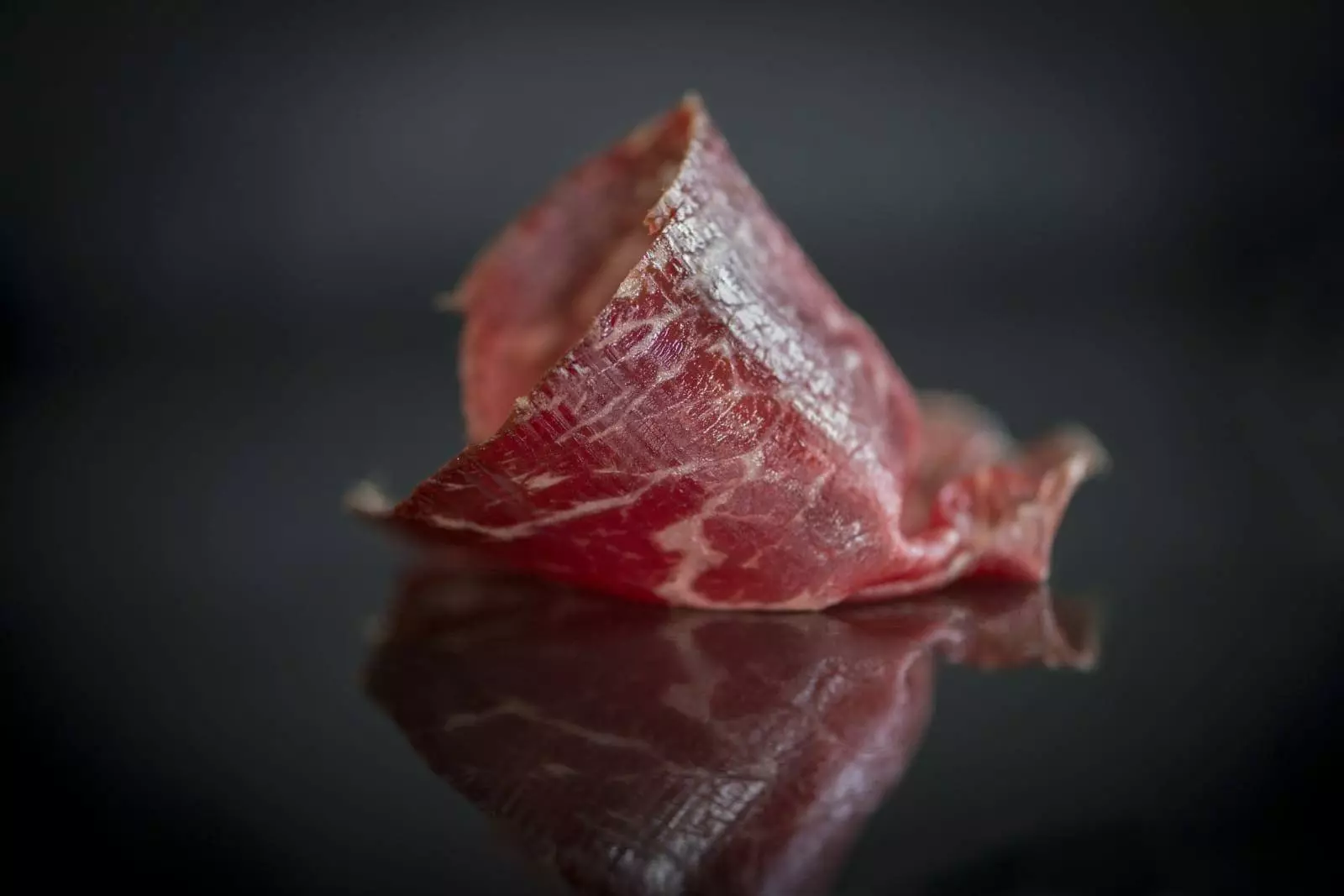
Cecina from Leon from Entrepeñas made with Kobe beef.
HAM
Sharpen your senses to find the ham with which to succeed this Christmas. With his eyes he checks the fat and the color, with the sense of smell (through the cove) let yourself be impregnated with its aroma, check the curing with the touch, enjoy the nuances of the piece with the taste... And with the ear? Well, pay attention to the recommendations of the experts, that the word of mouth is still the most effective when it comes to getting it right.
For example, in the last edition (2016) of the Spanish Food Award for Best Ham, in the Serrano category, the first place was won by the female aged Serrano ham from the ETG Jamón Serrano de Nico Jamones, S.L. "A quality product, healthy and affordable", this is how they refer to their serrano hams for "every day". The award-winning 100% Iberian acorn-fed pig was from Encinares del Sur, from the PDO Los Pedroches (in the north of Cordoba) .
The rest of the Denominations of Origin of Iberian Ham from Spain created by the Ministry of Agriculture are: PDO Guijuelo (why not a Joselito?, who rightly proclaim themselves "the best Ham in the world"), PDO Jabugo ham (the famous Cinco Jotas has been produced here since 1879) and PDO Dehesa of Extremadura (The Maldonado Albarragena ham boasts of being the first in the world with a DNA certificate: the Department of Molecular Genetics of the University of Córdoba has confirmed the racial purity of its animals).
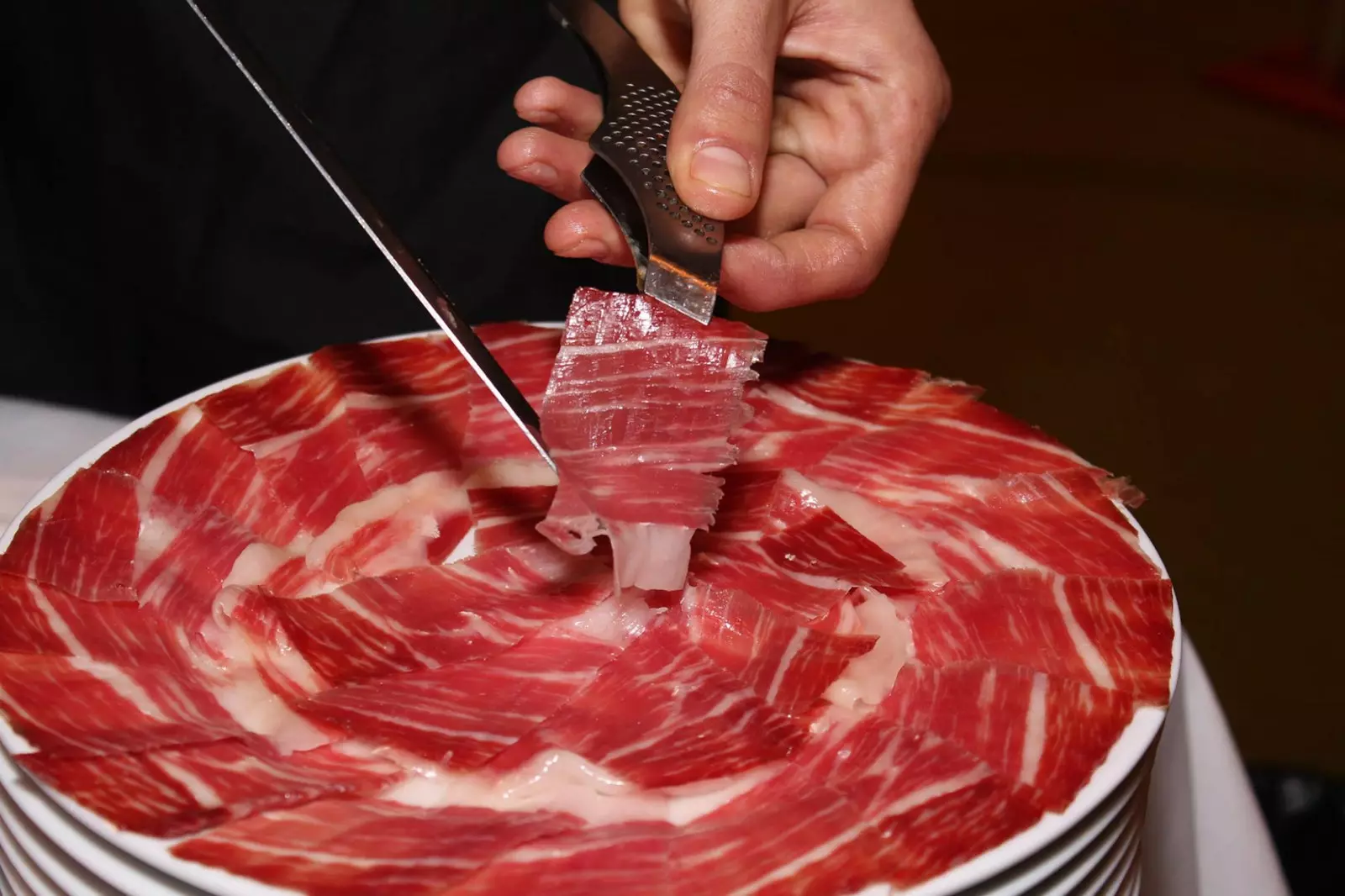
The cut of the Iberian ham is almost as important as the quality of the piece.
